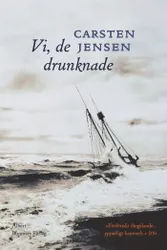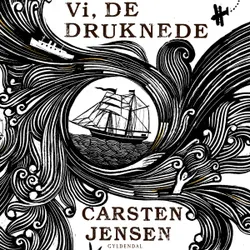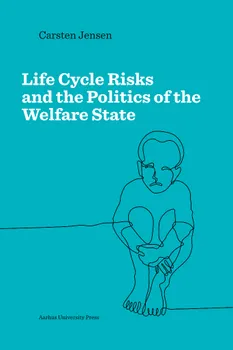"Life Cyckle Risks and the Politics of the Welfare State" presents the dual risk model of the welfare state. Previous research in the field has predominantly studied the role of modernization and the associated labor market risks; this book gives equal weight to a different class of social risks, namely those related to the life cycle. Labor market and life cyckle risks each have profound, but distinct consequences for the political process of the welfare state, including public opinion formation, party competition, and public policy-making. The dual risk model helps us to understand why some social programs are prioritized over others in terms of political attention and public spending - and how this prioritization leads to mounting economic inequalities in modern-day societies.
Life Cycle Risks and the Politics of the Welfare State
Kom igång med den här boken idag för 0 kr
- Få full tillgång till alla böcker i appen under provperioden
- Ingen bindningstid, avsluta när du vill
Författare:
Språk:
Danska
Format:

Vi, de drunknade
Carsten Jensen
book
Den första stenen
Carsten Jensen
book
Welfare
Carsten Jensen
book
Huvudstupa : om människor på flykt och konsten att motstå tyngdkraftens frestelse
Carsten Jensen
book
Mot stjärnorna
Carsten Jensen
book
Vi, de druknede
Carsten Jensen
audiobookbook
Källarmänniskor
Carsten Jensen
book
Kriget som inte har något slut
Carsten Jensen, Anders Hammer
book
Welfare
Carsten Jensen
book
Putins Rusland
Birthe Hansen, Torben Heuer, Carsten Jensen, Mette Skak, Peter Toft, Jakob Tolstrup
book
Equality in the Nordic World
Carsten Jensen
book
Equality in the Nordic World
Carsten Jensen
book
